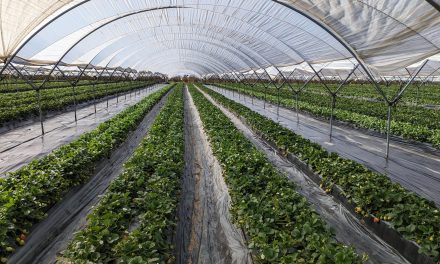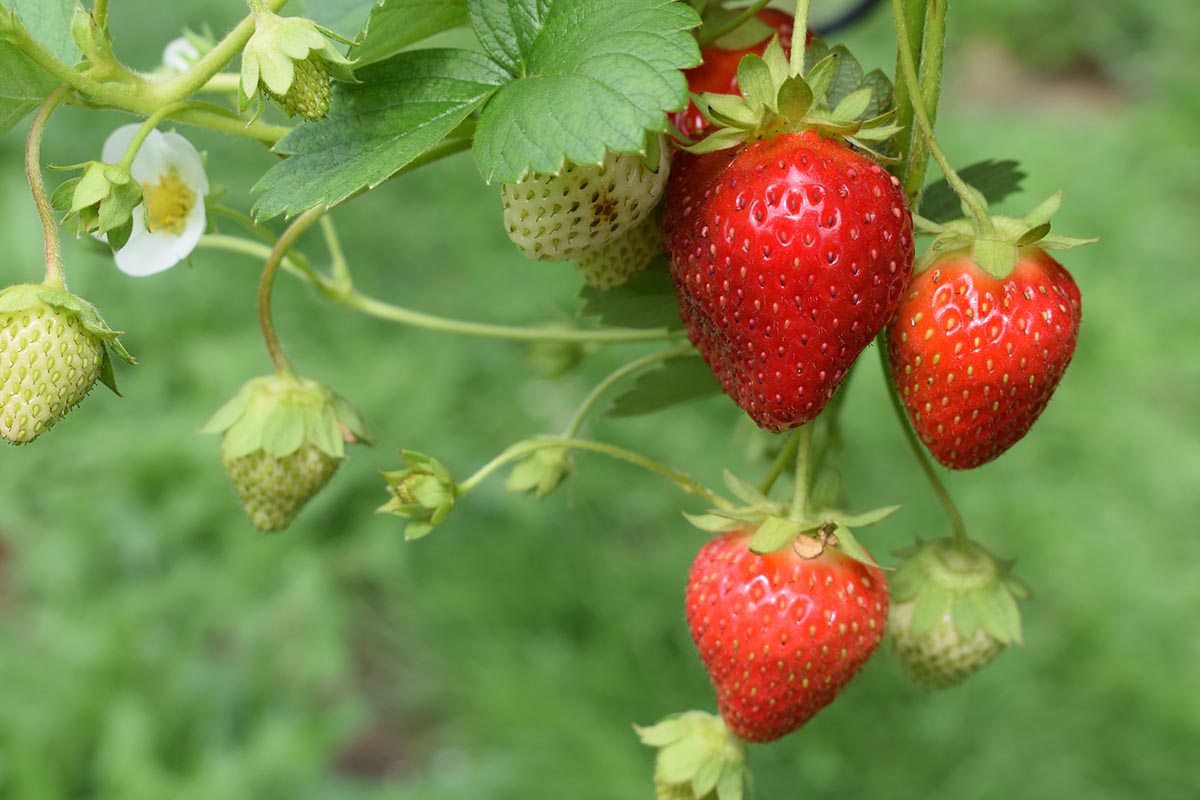
Similarities between plants and human beings

In the world of agriculture every detail counts. Also, we frequently tend to ignore certain biological factors that make plants the complex living beings that they are. Recent studies have shown that, only in certain temperature ranges, plants manage to develop and grow in an optimum way, adapting and responding to environmental changes. But have you heard about the fact that plants and human beings are in many ways very alike?
In the following article, you will find out about some similarities between plants and human beings, and how these common features influence and condition both groups of living creatures. We are certain that you will be surprised as well as having a broader vision of agriculture.
When it comes to temperature, human beings often seek the means to adapt and survive the hardships of the weather. In the case of plants it is not different, because when the conditions of the environment become very cold or very hot, they do their best to manage those factors in their favour.
Specific cases where we see similarities between plants and human beings:
- Thermal stress
Thermal stress is one of the similarities between plants and humans in relation to temperature, a factor of utmost importance for farmers, because temperature can cause a significant decrease in crop yields. Whether the temperature increases or decreases by a few degrees, plants enter a state of imbalance affecting their development and expected growth.
Although plants don’t have the means to be able to transport themselves to another environment that is more beneficial, they have somehow managed to create chemical and biological strategies to detect and respond to thermal stress. Trying to understand these responses is essential to develop crops capable of withstanding the average temperature increase and the more frequent heat waves as a result of climate change.
- Sunlight exposure
Sunlight exposure is another similarity between plants and human beings in relation to temperature. There are some studies that confirm that the heat resistance of some living creatures, such as plants, is activated when they are exposed to light. The same happens with humans and it could resemble the process the body goes through when it is day or night. Plants lose their heat-resistance property during the dark and only recover it when they are exposed to the light again.
There is plenty of information about how plant and animal cells respond to the exposure to light, however, not much was known about their response to the heat of the environment or how they managed to regulate their response to heat during the day and night. Recent research has suggested the fact that, just as humans do, plants can respond to heat or cold shocks thanks to their genetic information, and in the case of plants due to the chloroplasts, which are in charge of protecting plants from heat.
Given the importance of sunlight exposure for plants, in the case of protected growing systems it is essential to determine the most favorable orientation of greenhouses to optimize the natural light resources, and manage the correct amount of light needed in each phase of the crop with the help of the plastic covers.
- Transmission of information
Just like humans, we can say that plants have a brain so to speak, but in this case, it is located on the ground. Some scientists have discovered that there are certain areas that work together in their small roots, just as the brain does, as they manage to realize where they are, what type of climatic season they face, the size they are destined to grow, as well as the amount of water and nutrients they have available. Inside the plant, the transmission of information is produced through electrical impulses transmitted from one cell to another.
In your opinion, what would be the most outstanding similarity between plants and human beings?





![[eBook] Sustainability and water management](https://agriplasticscommunity.com/wp-content/uploads/8_550x310_ENG-440x264.png)
![[eBook Trends in Agriculture Plastics] Increasing use of biodegradable mulch](https://agriplasticscommunity.com/wp-content/uploads/550 × 310_2_ENG-440x264.png)
![[eBook Trends in Agriculture Plastics] Reducing the plastic used in the manufacture of agricultural films](https://agriplasticscommunity.com/wp-content/uploads/550 × 310_1_ENG-150x150.png)






















That’s cool!!!